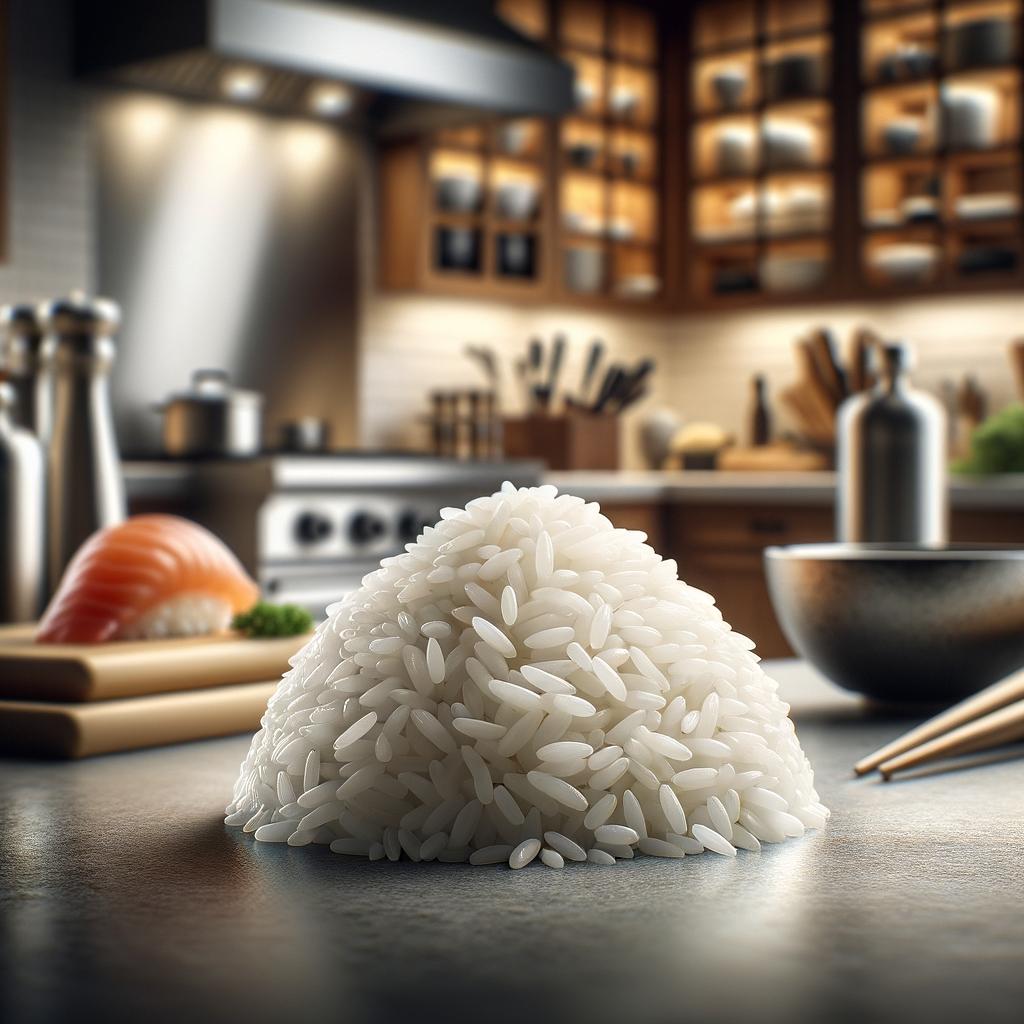Sushi Rice

Description
Sushi rice, also known as Shari in Japan, is the star of the sushi stage that often gets overshadowed by its more flamboyant co-stars. It's a short-grain variety of rice, notable for its sticky texture and slightly sweet flavor. The grains are plump and tender, with a pearl-like appearance that glistens when cooked. The unique characteristic that sets sushi rice apart from other types of rice is its distinctive stickiness, achieved by the high content of a specific type of starch called amylopectin.
Primary Uses
Sushi rice is the backbone of Japanese cuisine, most notably used in making sushi and sashimi, where it serves as a flavorful bed for raw fish and other ingredients. It's also used in onigiri (rice balls), chirashi (scattered sushi), and in a variety of other dishes where its sticky texture is desired. Beyond the culinary world, sushi rice also plays a significant role in traditional Japanese ceremonies and festivals, symbolizing purity and simplicity.
History
The history of sushi rice is deeply intertwined with the history of sushi itself. Originating in Southeast Asia around the 8th century, sushi was originally a method of preserving fish in fermented rice. The rice was discarded and only the fish was consumed. It wasn't until the Edo period in Japan (1603-1868) that sushi began to take on its modern form, with vinegared sushi rice and fresh fish eaten together. This transformation was due in part to Hanaya Yohei, often considered the creator of modern nigiri sushi. The use and popularity of sushi rice have only grown since then, with sushi now enjoyed worldwide.
Nutritional Information
Sushi rice is a good source of energy, providing complex carbohydrates that the body needs for fuel. It also contains small amounts of protein, a little dietary fiber, and traces of minerals like iron and potassium. However, due to the addition of sugar and vinegar during preparation, it has a higher glycemic index than regular rice, which may affect blood sugar levels. Compared to brown rice, sushi rice lacks the same amount of fiber and certain vitamins, but it's the unique stickiness and flavor that truly sets it apart. Despite this, sushi rice, when consumed in moderation and paired with a variety of nutrient-rich toppings, can be part of a balanced diet.

